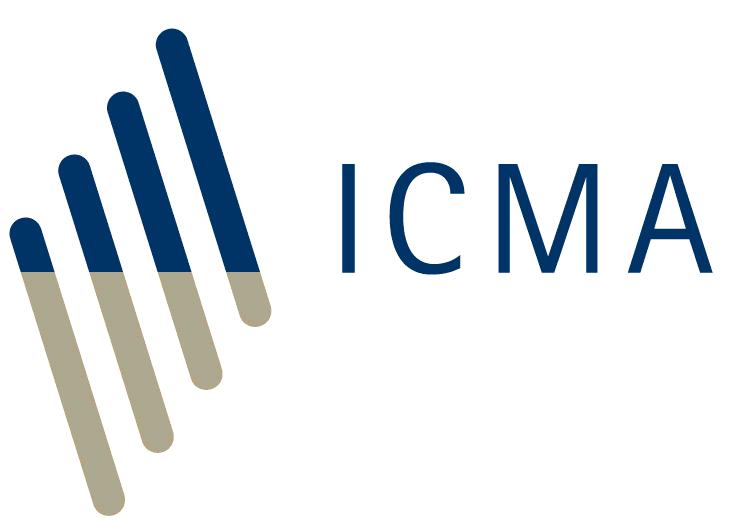Ideally, collateral should be free of credit and liquidity risks and exhibit minimal correlation (wrong-way risk) with the credit risk of the collateral-provider. The market value of such perfect collateral would be certain, meaning that it would be easy to sell for a predictable value in the event of a default by the collateral-giver, even in stressed markets. The type of asset that comes closest to this paradigm, and is in fact the most commonly-used type of collateral in the repo market, are bonds issued domestically by central governments. The ICMA’s semi-annual survey of the European repo market estimates government bond collateral to account for over 90% of EU-originated repo collateral. In the US, Treasury securities may account for about two-thirds of that repo market. Much of the rest of the US market is government-guaranteed Agency debt and Agency Mortgage-Backed Securities (MBS).
Repo using collateral other than high-quality government bonds is often called credit repo. On the cusp between government and credit collateral are high grade bonds issued by supranational institutions such as the World Bank, as well as sovereign issues (foreign currency bonds issued by governments) and agency issues (issued by public sector bodies such as the government-guaranteed mortgage agencies in the US). These issues are AAA-rated and often large and liquid, although they do not offer the range of maturities and issue size of the major government bond markets.
Bonds issued by central governments in emerging markets are included in credit repo by international investors. Nevertheless, many of these are large issues and can be reasonably liquid.
Private sector assets form the smallest sector of the repo market. Such assets tend to be riskier and much less liquid than government bonds, although higher yielding. They include:
- Corporate bonds, typically senior unsecured debt issued by investment-grade banks and large non-financial companies. This class of security has become less popular since the Great Financial Crisis, in part, reflecting decreased liquidity in the cash market in corporate bonds due to heightened risk aversion towards financial corporates and the cost of tighter regulation.
- Equity, particularly baskets reproducing market indexes such as the FTSE-100, CAC and DAX. The use of equity as collateral has increased since the Great Financial Crisis, during which, equity performed well as collateral (in terms of the continuous availability of tradeable prices).
- Covered bonds such as pfandbrief, which are secured by pools of public loans or mortgages held on the balance sheet of the issuer but ring-fenced in statute by special public laws. Covered bonds issued in countries with stronger banking sectors have been increasing in popularity as collateral, in part, because regulators have signalled its acceptability to meet regulatory liquidity ratios.
- Mortgage-backed securities (MBS), particularly residential MBS (RMBS), which are held largely off the balance sheet of the mortgage issuer and ring-fenced contractually within bankruptcy-remote special purpose vehicles (SPV). To be widely accepted as collateral, these issues need to be AAA-rated. However, use of this type of asset as collateral fell back during the Great Financial Crisis because of contagion from MBS backed by sub-prime mortgages and rising default rates in some housing markets.
- Other asset-backed securities (ABS) and re-securitizations (eg CDO, CLO, CLN), which are held off the balance sheet of the originator of the underlying assets and ring-fenced contractually within bankruptcy-remote SPV. Most investors require a AAA-rating on such assets. This type of asset also suffered during the Great Financial Crisis because of contagion from securities backed by collateral pools which included sub-prime mortgages or sub-prime MBS.
- Money market securities such as treasury bills and, in some countries, certificates of deposit (CD) and commercial paper (CP). However, CDs are not always popular because they represent an exposure to commercial banks and CP issues are difficult to use as collateral because they tend to be relatively small.
- Bank loans, also referred to as credit claims. Bank loans need to be made transferable in order to be used as collateral, which can be a legal challenge in some jurisdictions. And because they are not traded, parties have to estimate the value. Bank loans are seen as a deep pool of potential high-quality collateral assets that could help to alleviate a possible global shortage of collateral.
- Gold. This is a specialised type of collateral but its use has been boosted by periodic interest in gold in response to market crises.
Back to Frequently Asked Questions on Repo contents page
<<< Previous page Next page >>>







